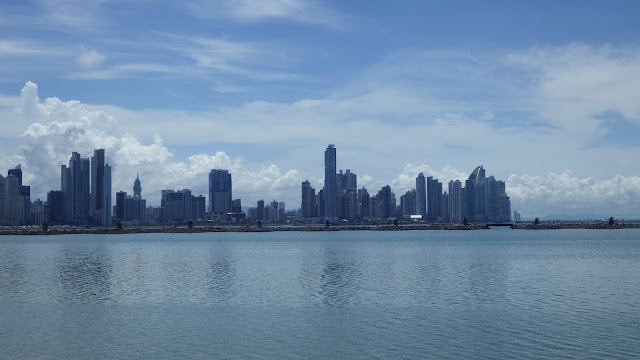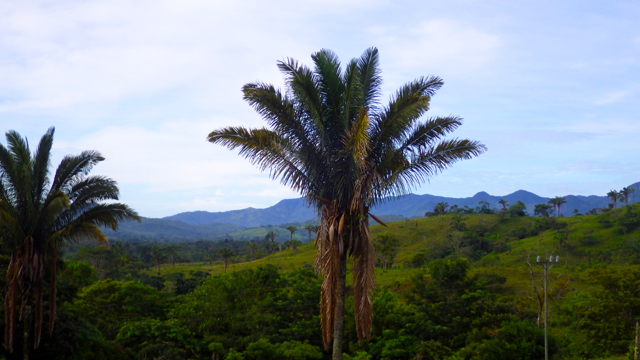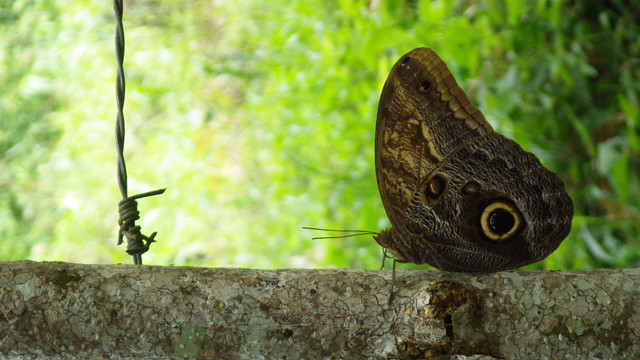One of my favorite ways to get to know a culture is through
its food, and so far Panama has been no exception. Though there do seem to be a few regional
twists, there are definitely some common threads throughout the country, one of
which being rice. Never in my life have
I consumed a food item as often or in such high quantities as I have rice in
the past month…
Rice is usually served with a meat, and don’t be surprised
if it also comes with a side of locally grown plantains. At my house we have plantains one of two
ways: As patacones, which are salty, fried rounds that taste kind of like fried
potatoes, or as maduros, which is when the ripened plantains are fried with
sugar to make a very sweet banana type of dish.
99% of the time my meal is 100% beige.
The households in my community eat almost no vegetables
other than typical starchy roots such as ñame, ñampe, otoe, and potatoes. Though I eat a ton of fruit, it’s all stuff I
find on the ground thanks to the bountiful tropical fruit trees. So far I’ve feasted on passion fruits, sour
sops, mangos, mimones, bananas, coconuts, oranges, and at least two unknown
varieties. That part is pretty
awesome.
The locals do seem to take advantage of the fruits enough to
use their juices to make chichas and duros.
Chicha is a sweetened juice drink make with juice, water, sugar, and
potentially other added flavors. Chicha
also seems to be very commonly shared with neighbors or visitors, so I’ve been
having a lot of it! Pineapple, passion
fruit, orange, and agua de maiz (make this “corn water” by using the water left
over after boiling corn, and adding milk, sugar, and vanilla) have all been
fairly common. Duros are frozen little
bags of chicha that make popsicles!
Obviously I love these…
Since I feel like I’ve been eating way less healthy than I
did in the United States, I fully expected to gain a few pounds, especially
with all of our meals freshly fried prepared for us. Oddly enough, just the opposite has happened,
and thankfully it’s not even because I’ve been sick (knock on wood!) I guess those long, hot days in the fields
are to thank for that.
It took me weeks of convincing (And sneaking food to the dog) to get my rice down to this manageable portion.
Though I have to admit that it’s nice to come home to a
fully prepared meal, I am really looking forward to cooking for myself and
experimenting with all of the local foods.
Because I’ll be spending the first 3 months in my site with another host
family, though, it looks like I’ll have plenty of time to collect recipes. If you have any favorites that don’t require
refrigerated ingredients, be sure to send them my way!























